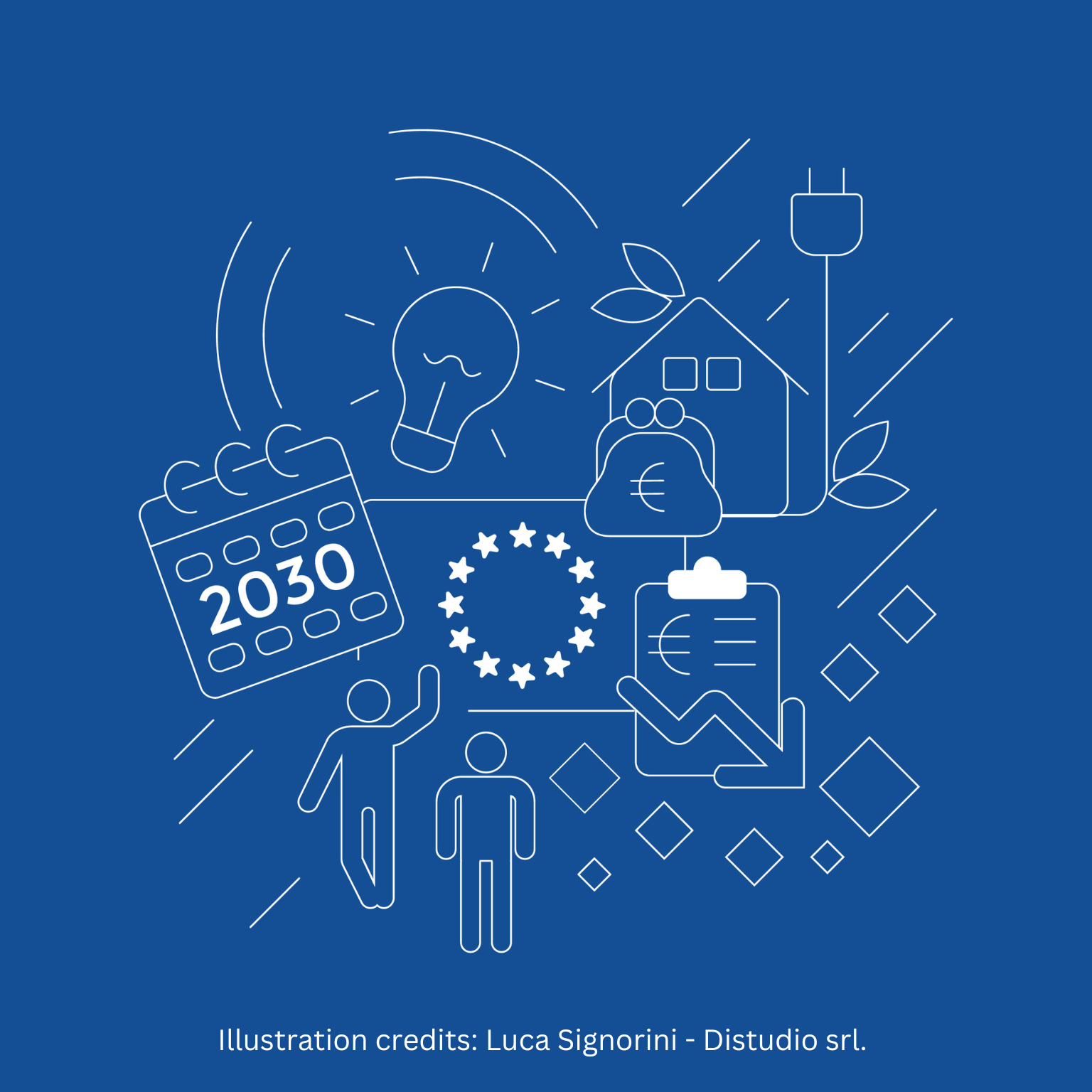Energy Efficiency Directive
Setting the direction for energy efficiency in the EU energy efficiency firstenergy efficiencyThe Energy Efficiency Directive (EED) is the key legislation setting the overall framework to deliver energy savings across the European Union. The directive was established in 2012 and revised two times, in 2018 and more recently in 2023.
The EED sets the 2030 EU energy efficiency target and a series of measures that contributes to its achievement.
The new EED is expected to be published in the EU Official Journal in September 2023 and will enter into force twenty days after publication. Member States have two years to transpose the new provisions into national legislation. The 2023 EED introduces a number of changes compared to the 2018 text:
1) 2030 energy efficiency target (Article 4)
In the EED, the 2030 EU energy efficiency target is increased to 11.7% for both primary and final energy consumption (based on the new PRIMES 2020 reference scenario). For more information on how the EU efficiency target is set, please refer to our guide.
For the first time in European efficiency policy, the EU energy efficiency target expressed in final energy consumption is binding. However, the EU target for primary energy and national contributions for both primary and final energy remain indicative. Importantly, Member States’ energy efficiency contributions are now set according to a formula, and the European Commission must ensure that the sum of the national contributions adds up to the EU target for final energy.

2) Energy savings obligation (Article 8)
The 2023 EED recast increases the annual rate of energy savings that Member State must deliver from 0.8% to 1.3% from 2024 to 2026, 1.5% from 2026 to 2028 and 1.9% from 2028 to 2030. As in the previous EED, Member States must achieve these savings among energy end-users either by putting in place Energy Efficiency Obligation Schemes or alternative measures, such as building renovations. These savings must be additional to those resulting from the implementation of EU legislation, such as EU standards for products or vehicles.
The 2023 EED introduces a new requirement that a share of energy savings is achieved with measures targeting energy poverty, low-income households and vulnerable consumers, so to help them benefit from the transition.
3) Exemplary role of the public sector (Article 5 & 6)
The public sector will also have to play a more prominent role in reducing its own energy consumption.
The 2023 EED proposal extends the previous requirement to renovate 3% of the total floor of central government buildings every year to all buildings owned by public bodies (with some exceptions and flexibilities). It also now requires that all renovations achieve either Nearly-Zero Energy Buildings or Zero-Emission Building levels (in line with the recast of the Energy Performance of Buildings Directive). In addition, the combined energy use of public bodies will have to decrease by 1.9% each year in every Member State.
4) Energy Efficiency First principle (Article 3)
The proposal includes a new article to grant a legal basis to the EE1st principle and support its application. The new article requires Member States to ensure that energy efficiency solutions are assessed in the planning, policy and major investment decisions related to energy systems and non-energy sectors that have an impact on energy consumption. Member States are also required to appoint an entity or entities that will supervise the application of the principle.
Other articles of the new 2023 EED are also central for the delivery of energy savings as Article 11 on energy audits, Article 21 on awareness-raising programmes, Articles 23 and 24 on heating & cooling, Article 27 on energy services and a new Article (article 22) to empower vulnerable consumers and alleviate energy poverty.
For more detailed information on the content of the 2023 EED provisions, please consult our detailed overview.
Implementing the Energy Efficiency Directive
2030 is around the corner and the new EED will need to be implemented quickly and thoroughly to ensure energy efficiency measures are accelerated to the benefit of EU citizens. While Member States have two years from the entry into force to transpose the new provisions, they must already start planning policies and measures as several key elements of the EED must be included in the update of the National Energy and Climate Plans (NECPs), due by 30 June 2024.
To help with the implementation process, the Coalition published a report that clarifies the elements of the 2023 EED that must be included in the NECPs and provides the Coalition’s recommendations for a strong and reliable implementation of the directive.
